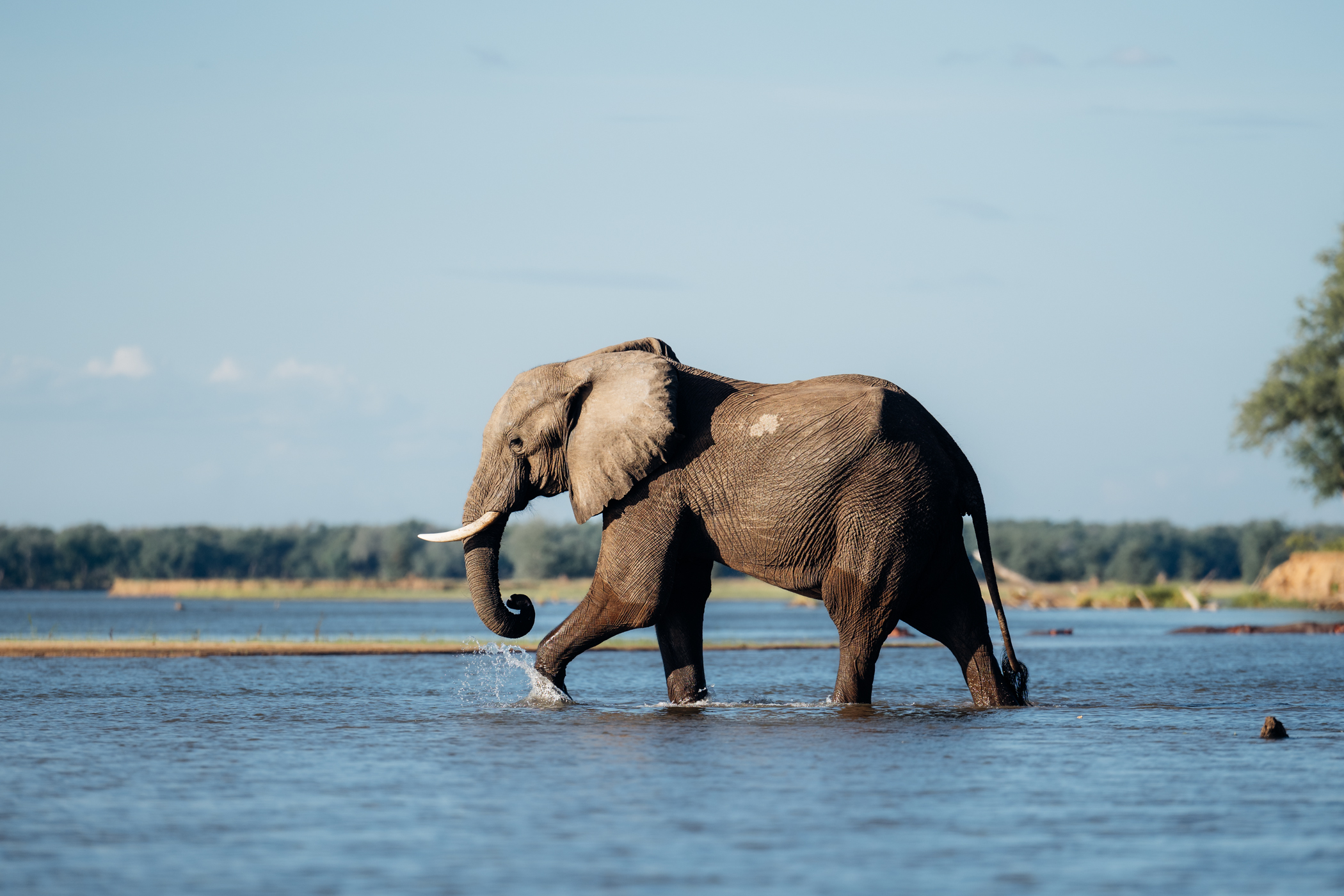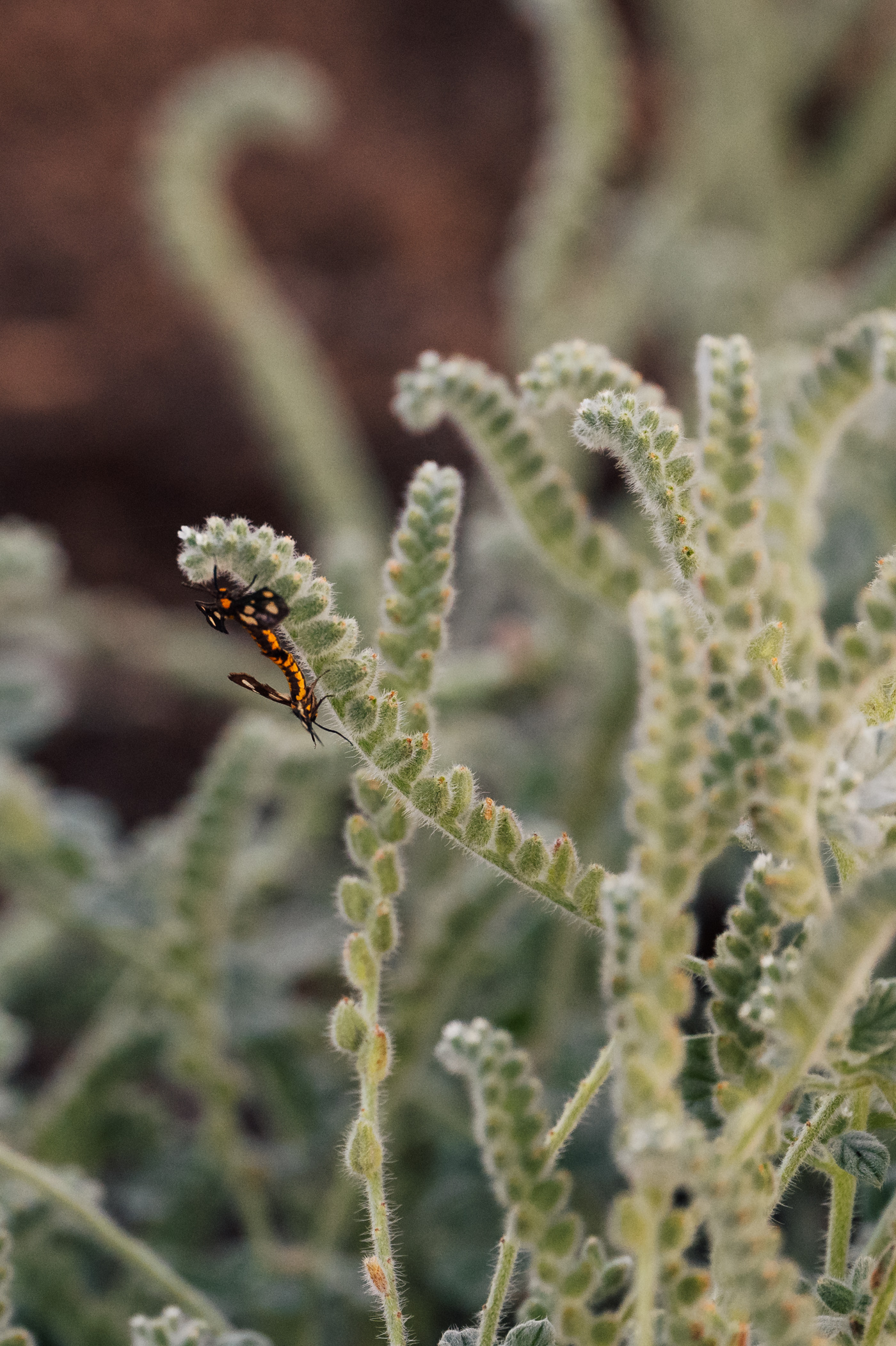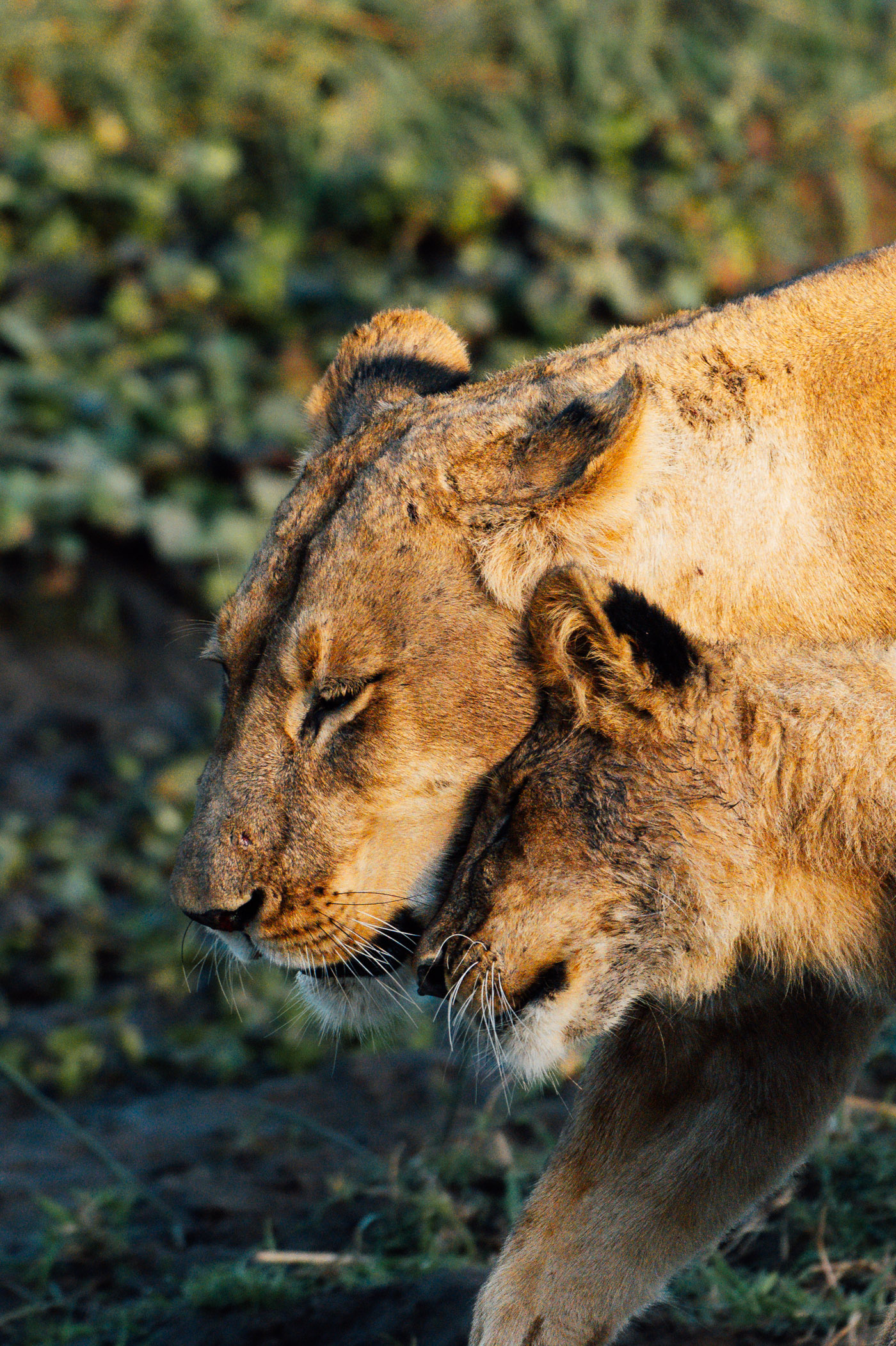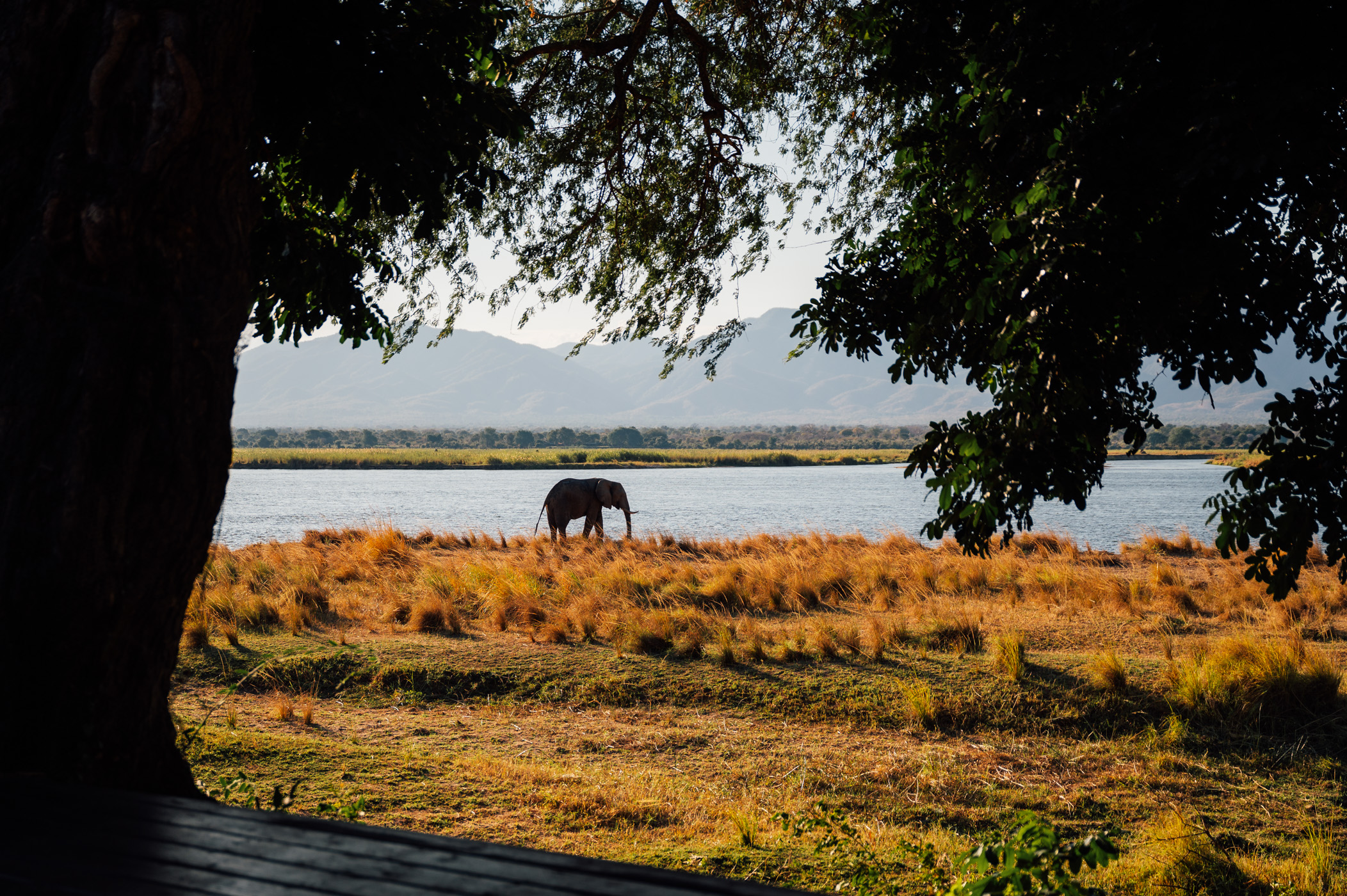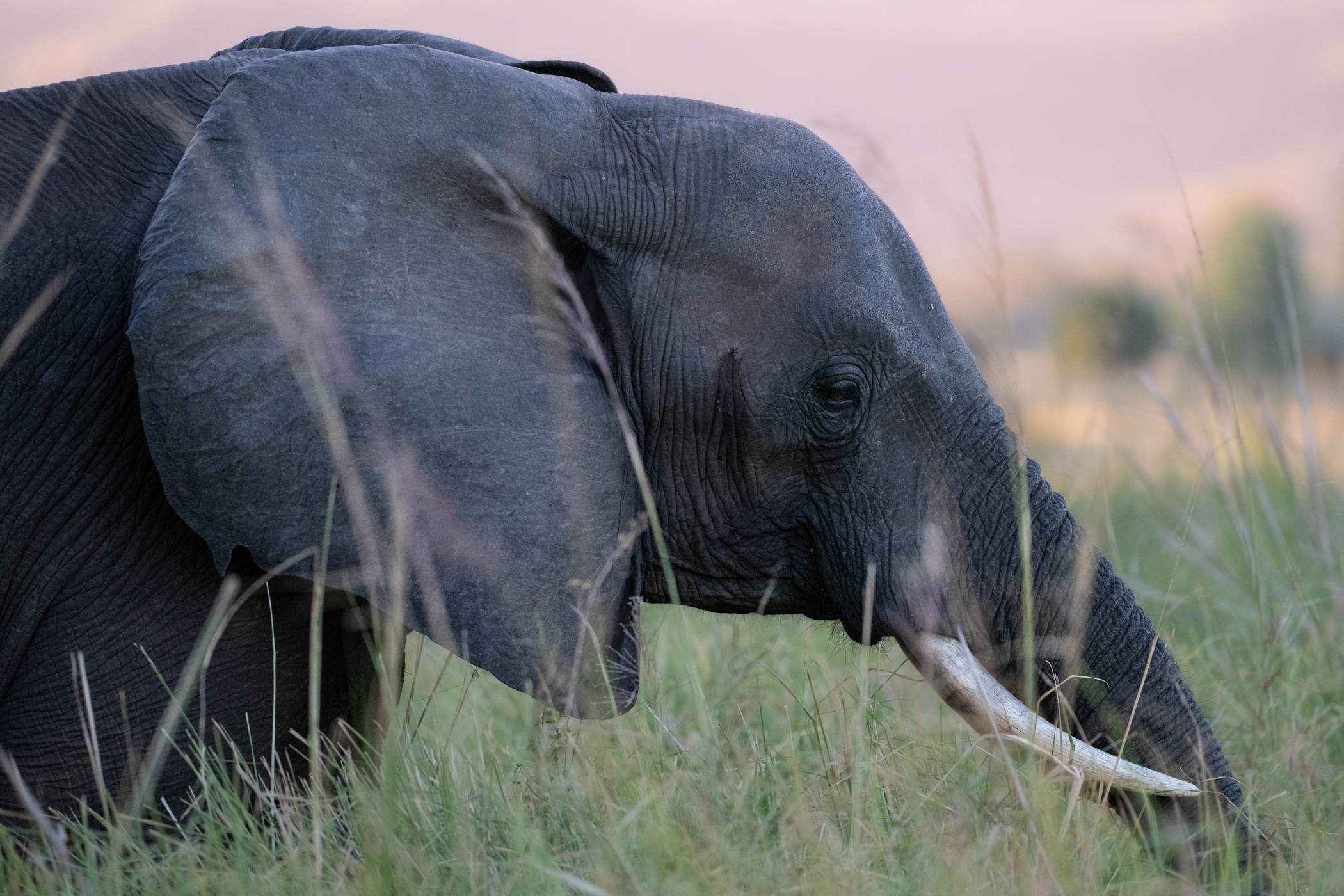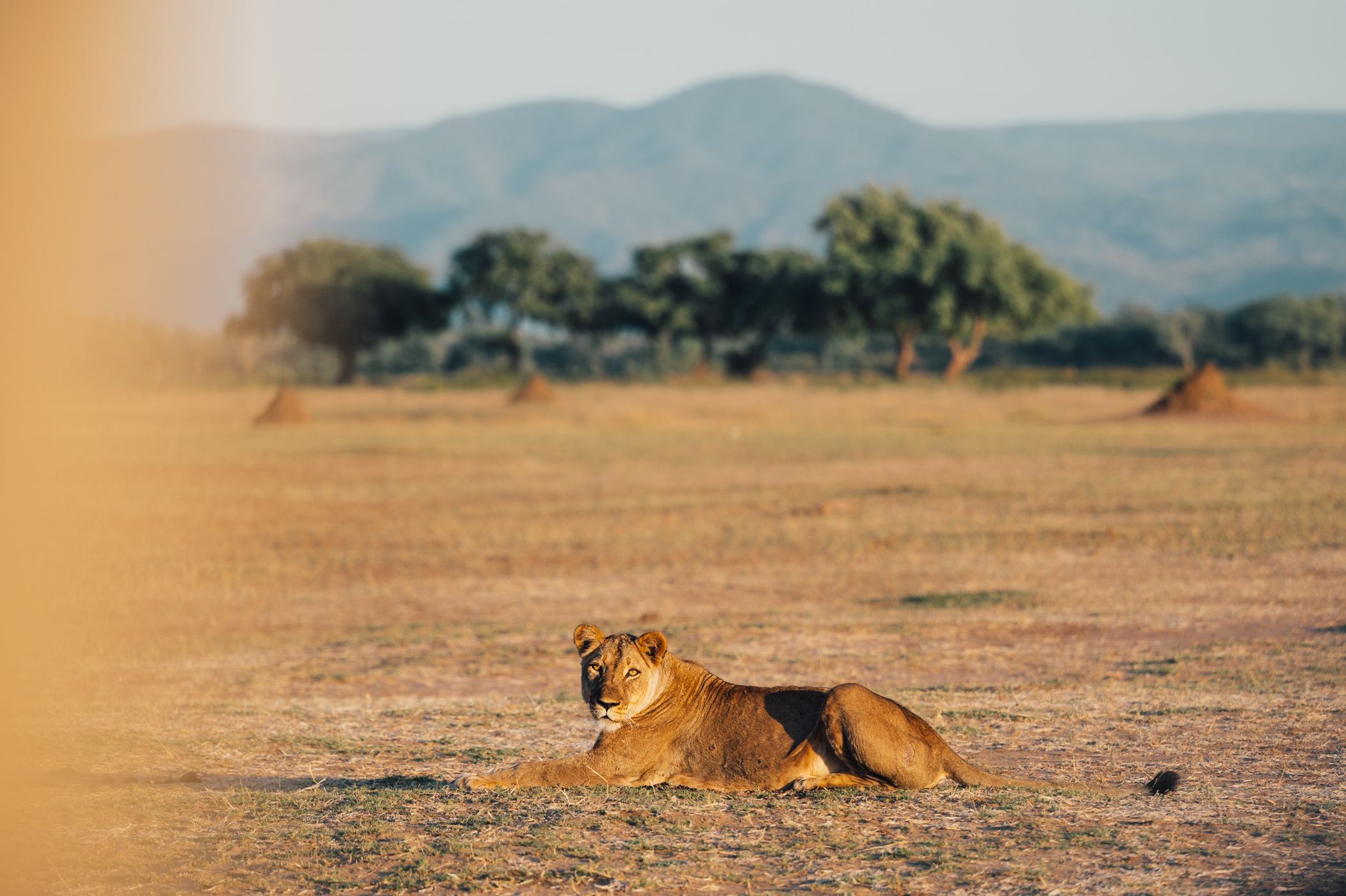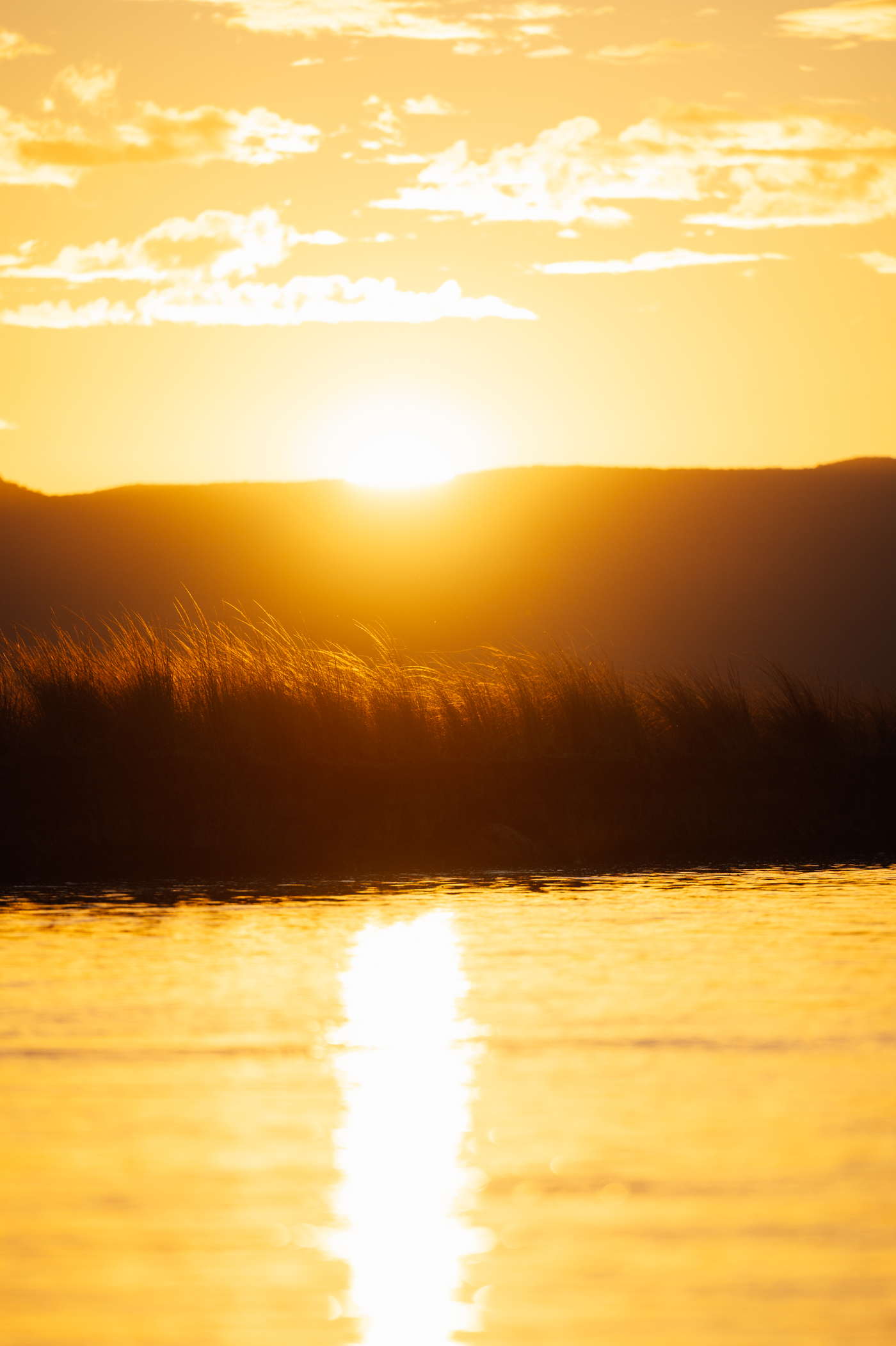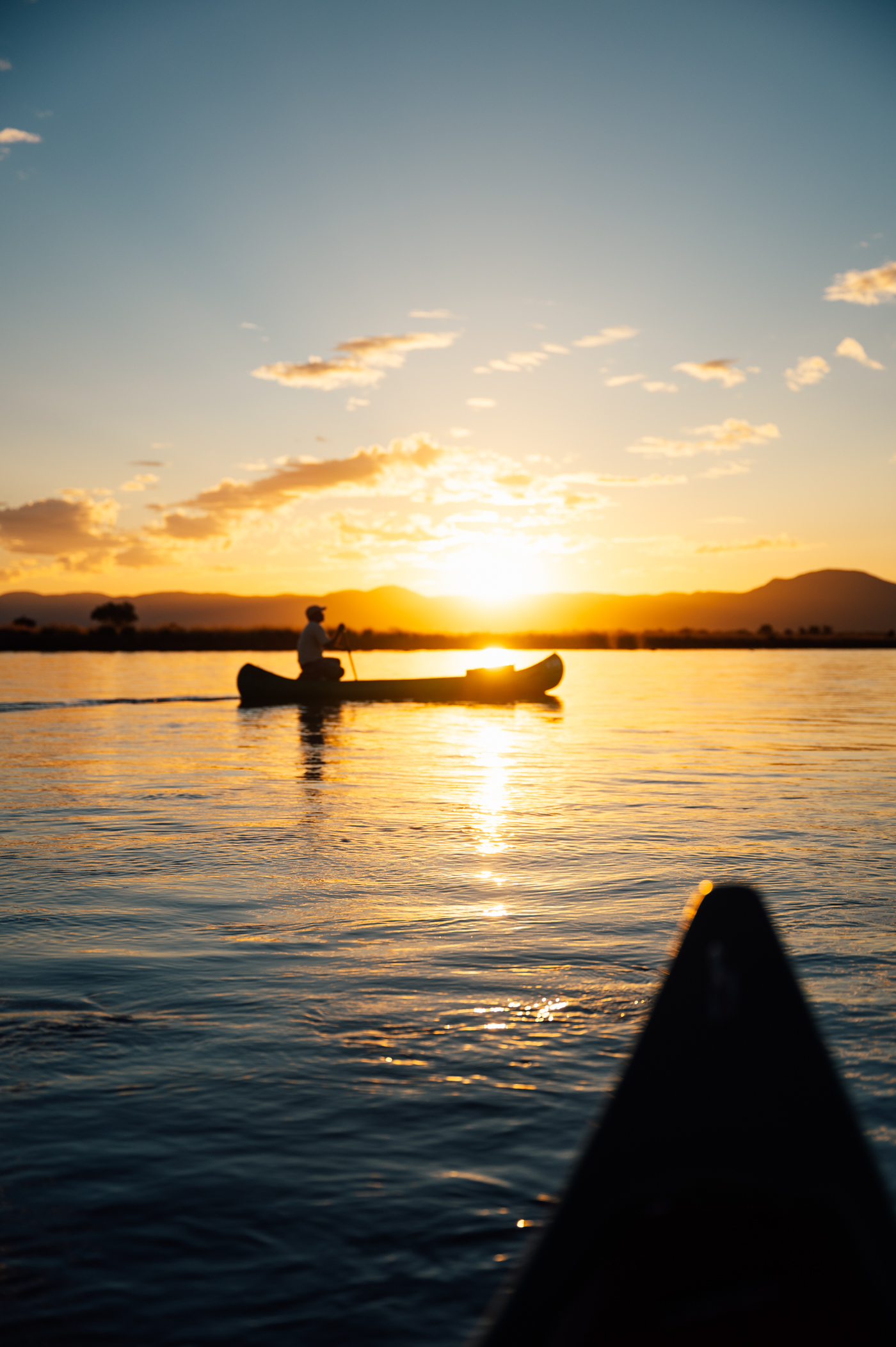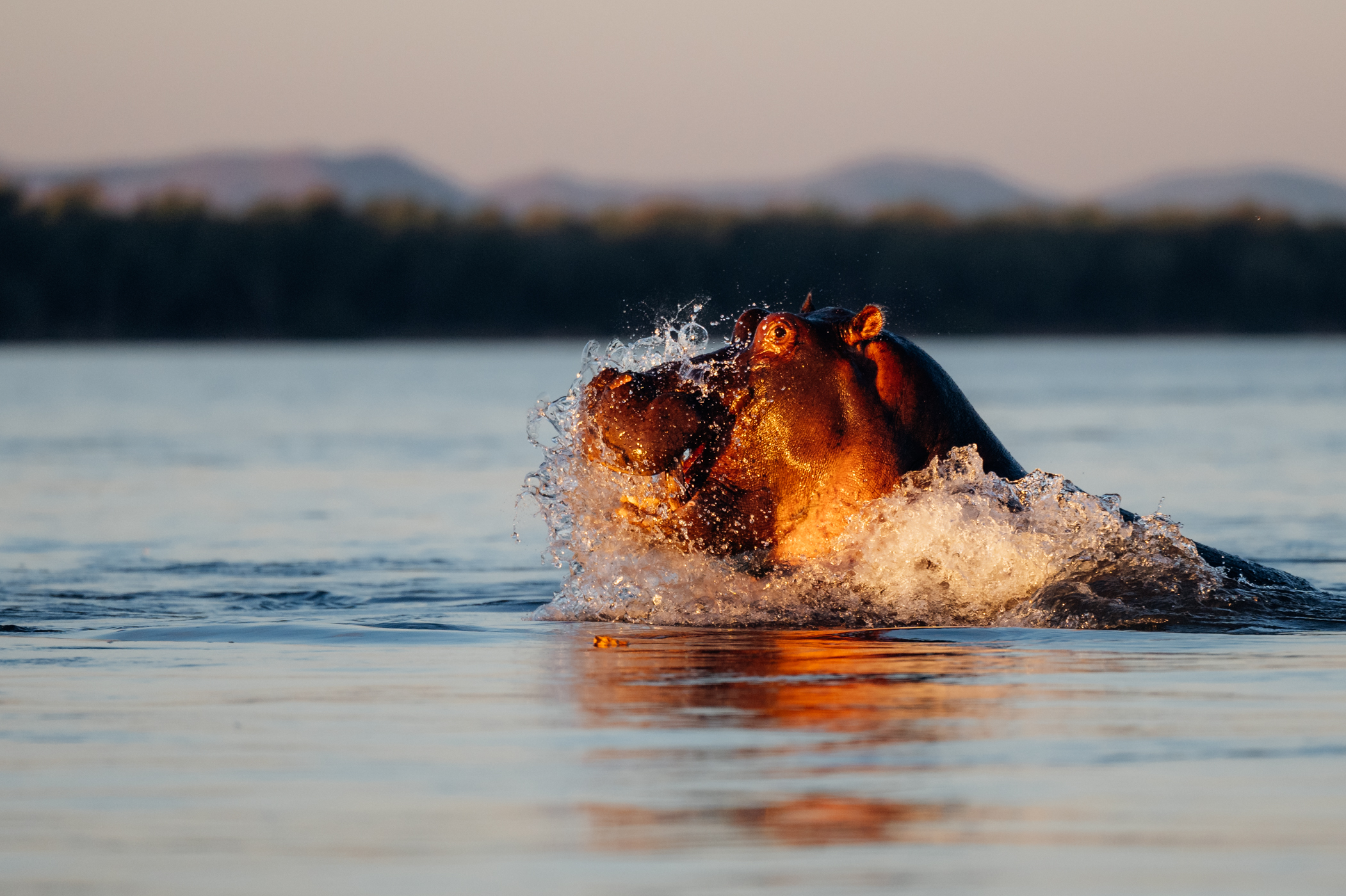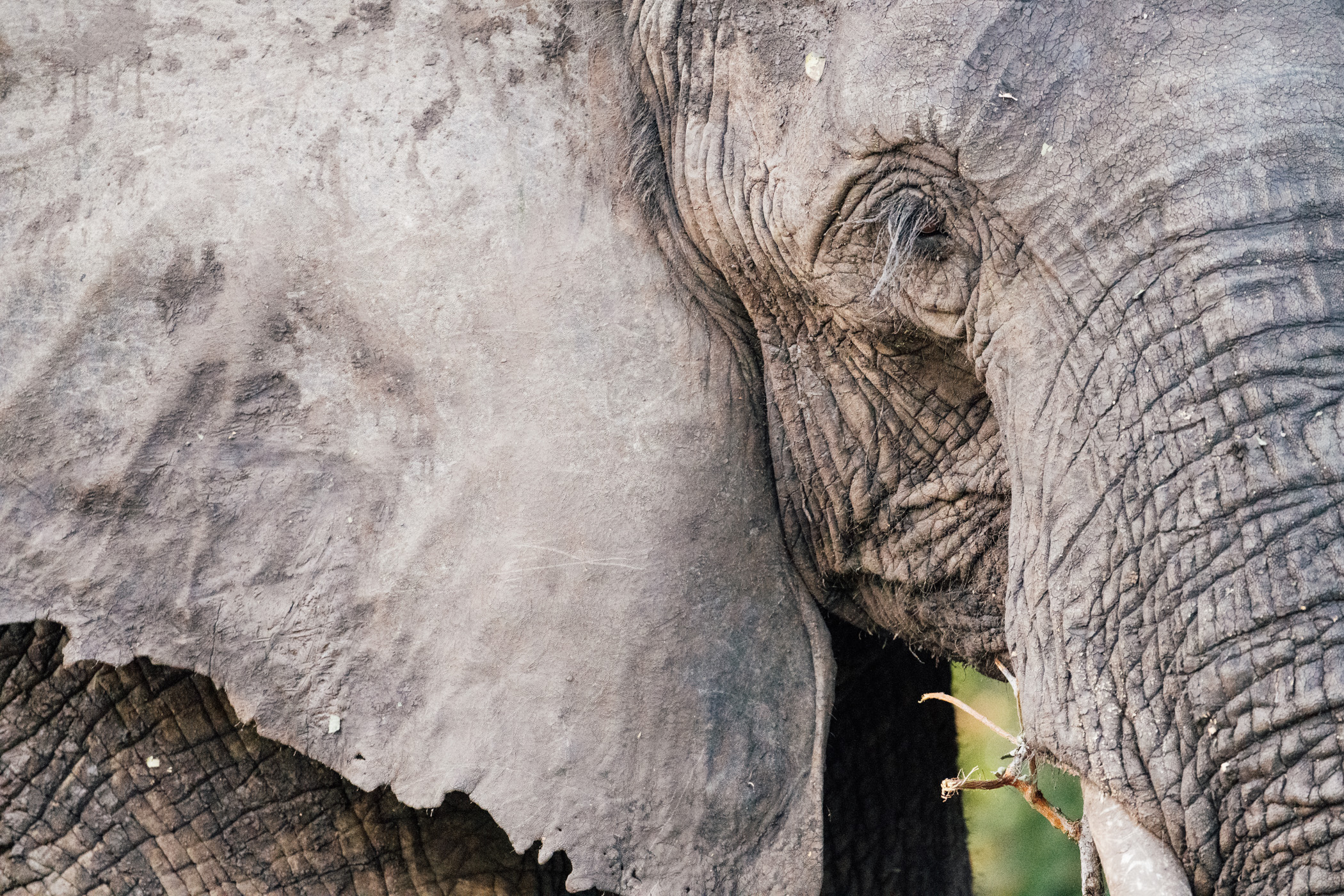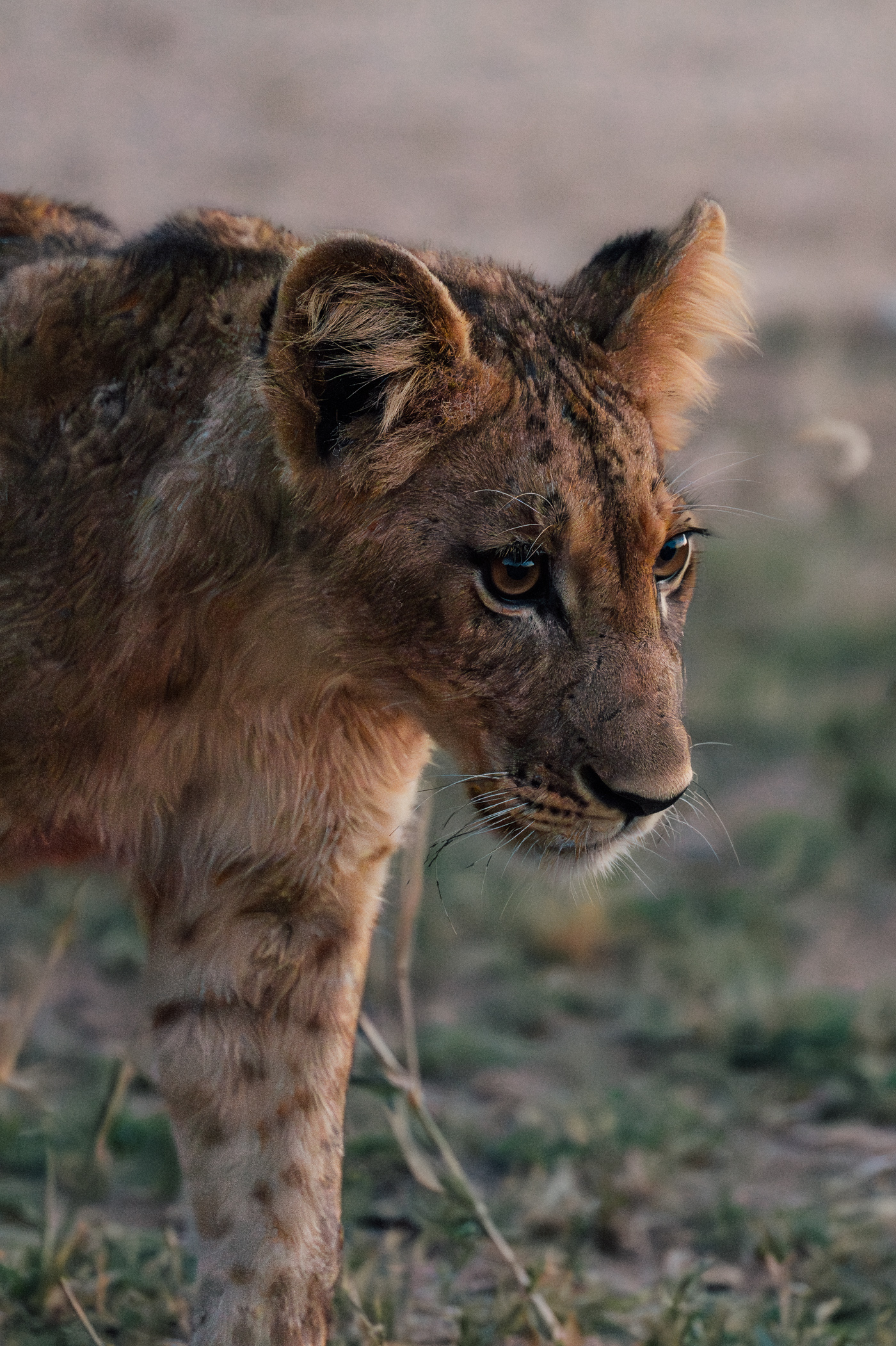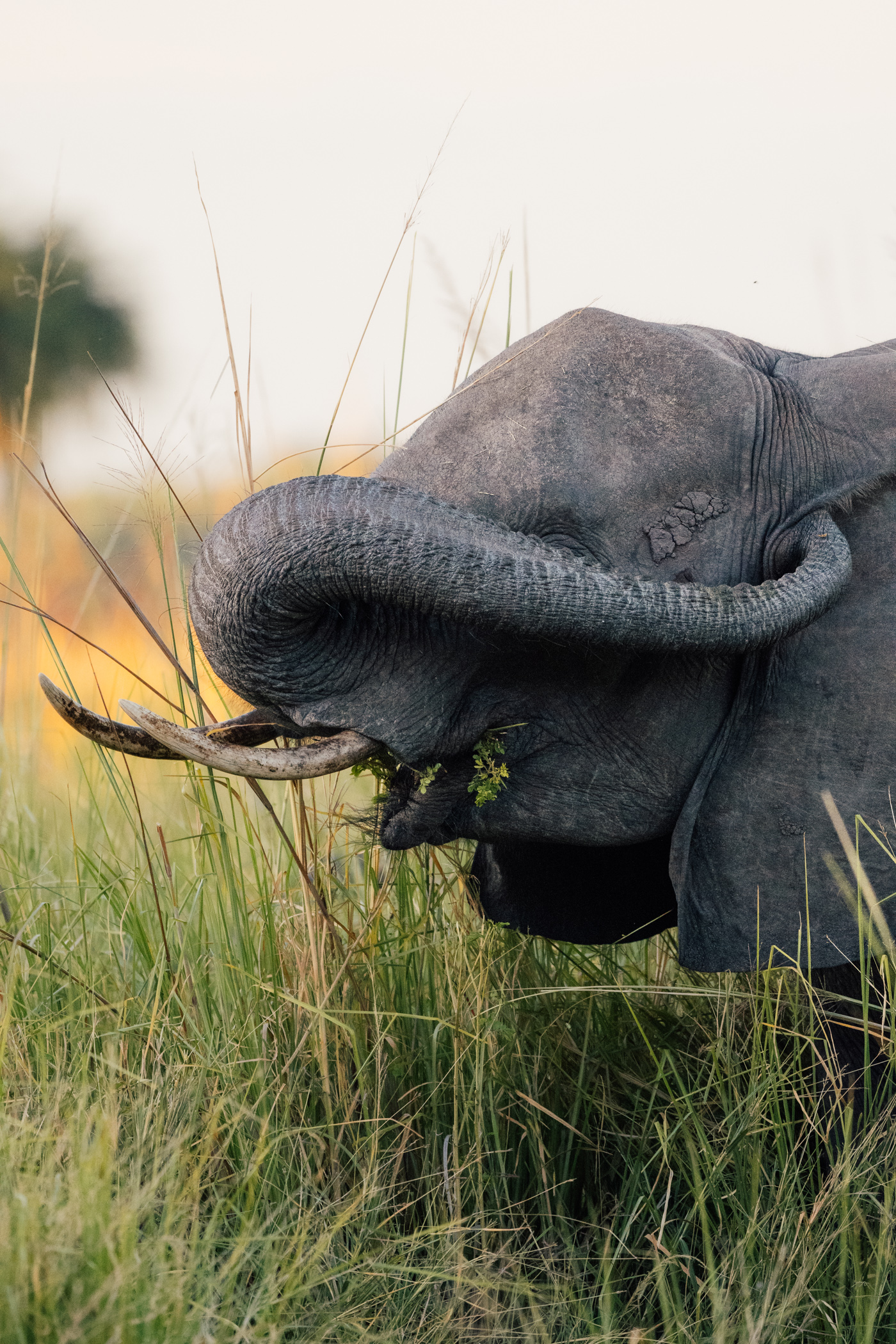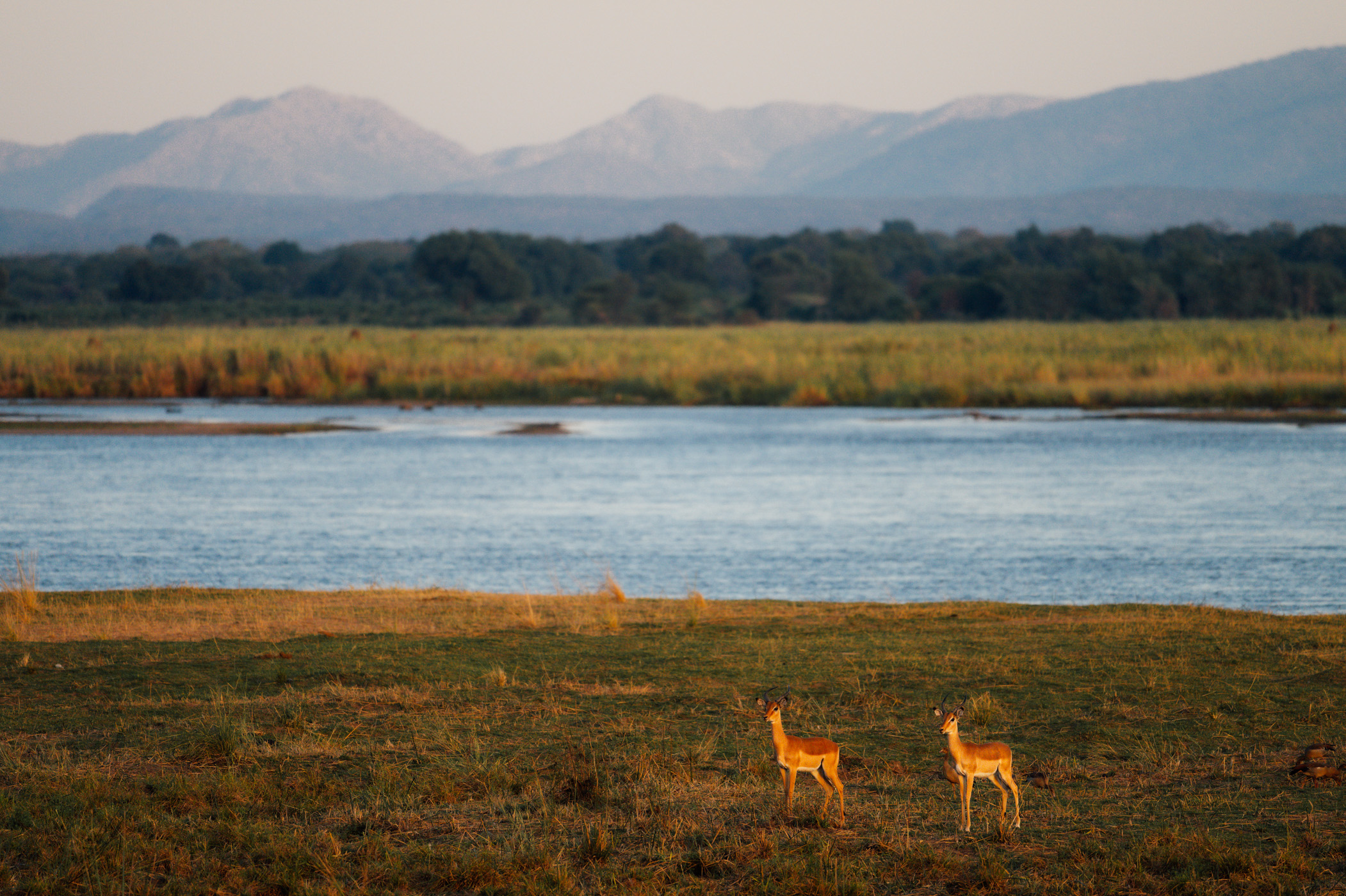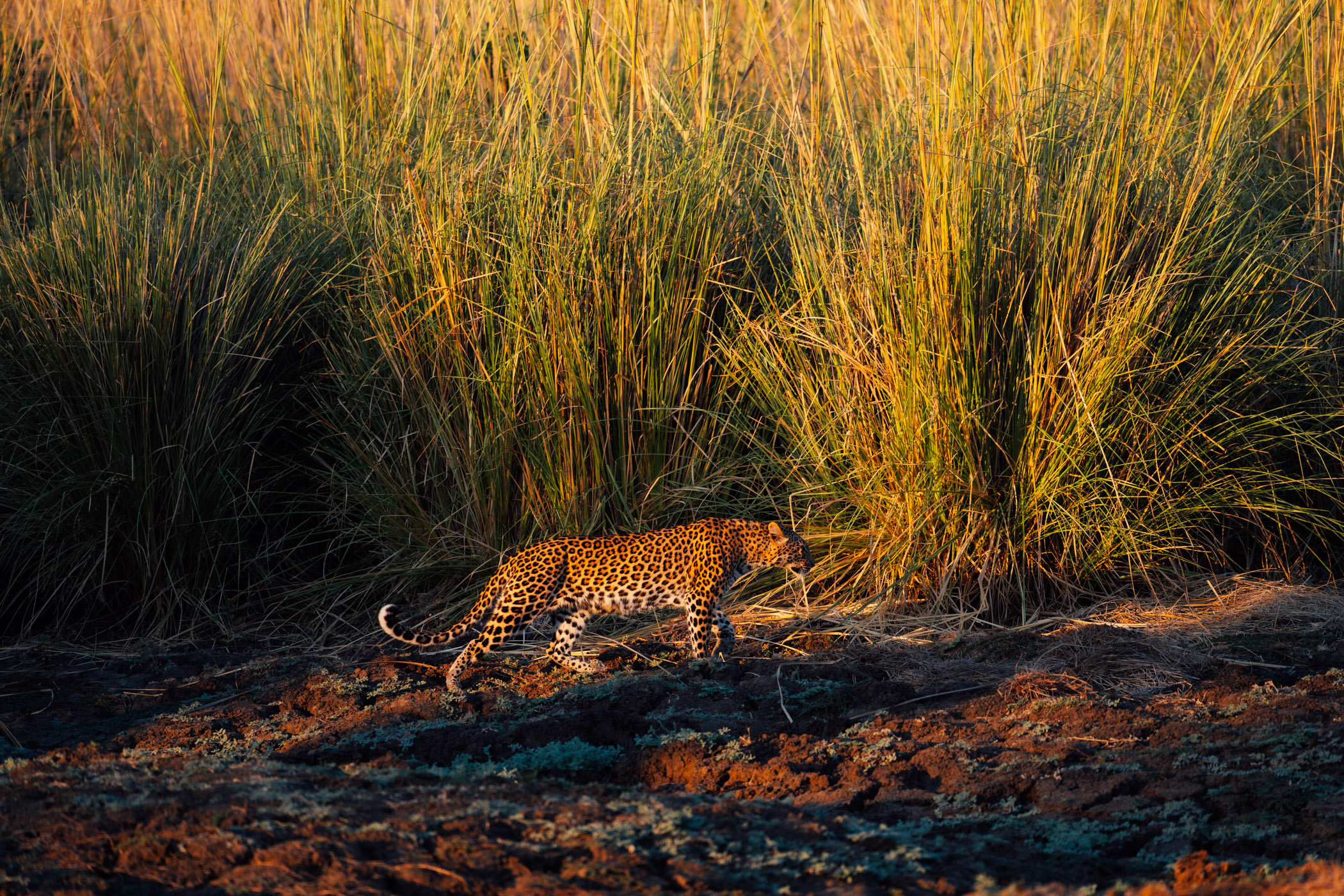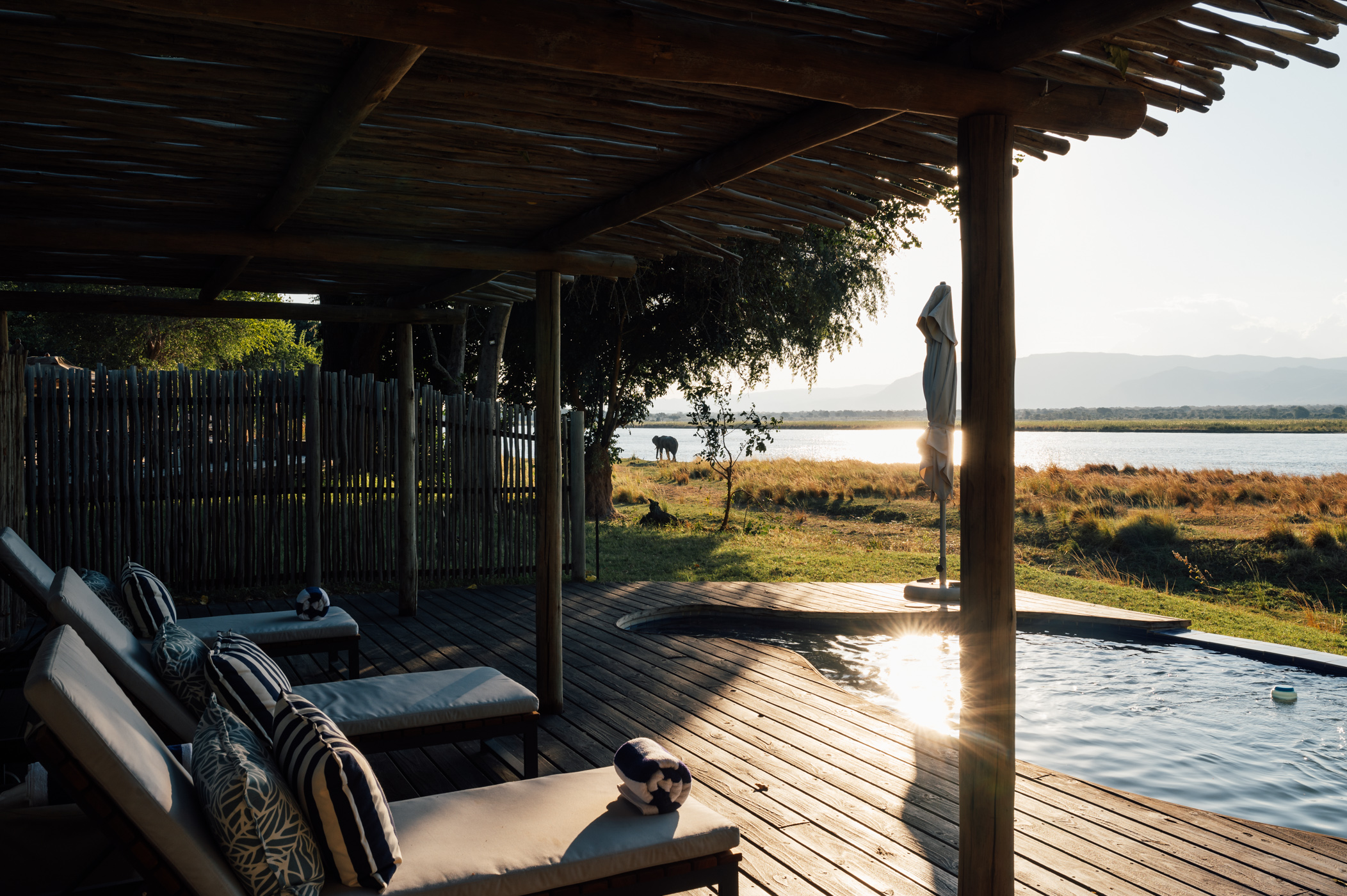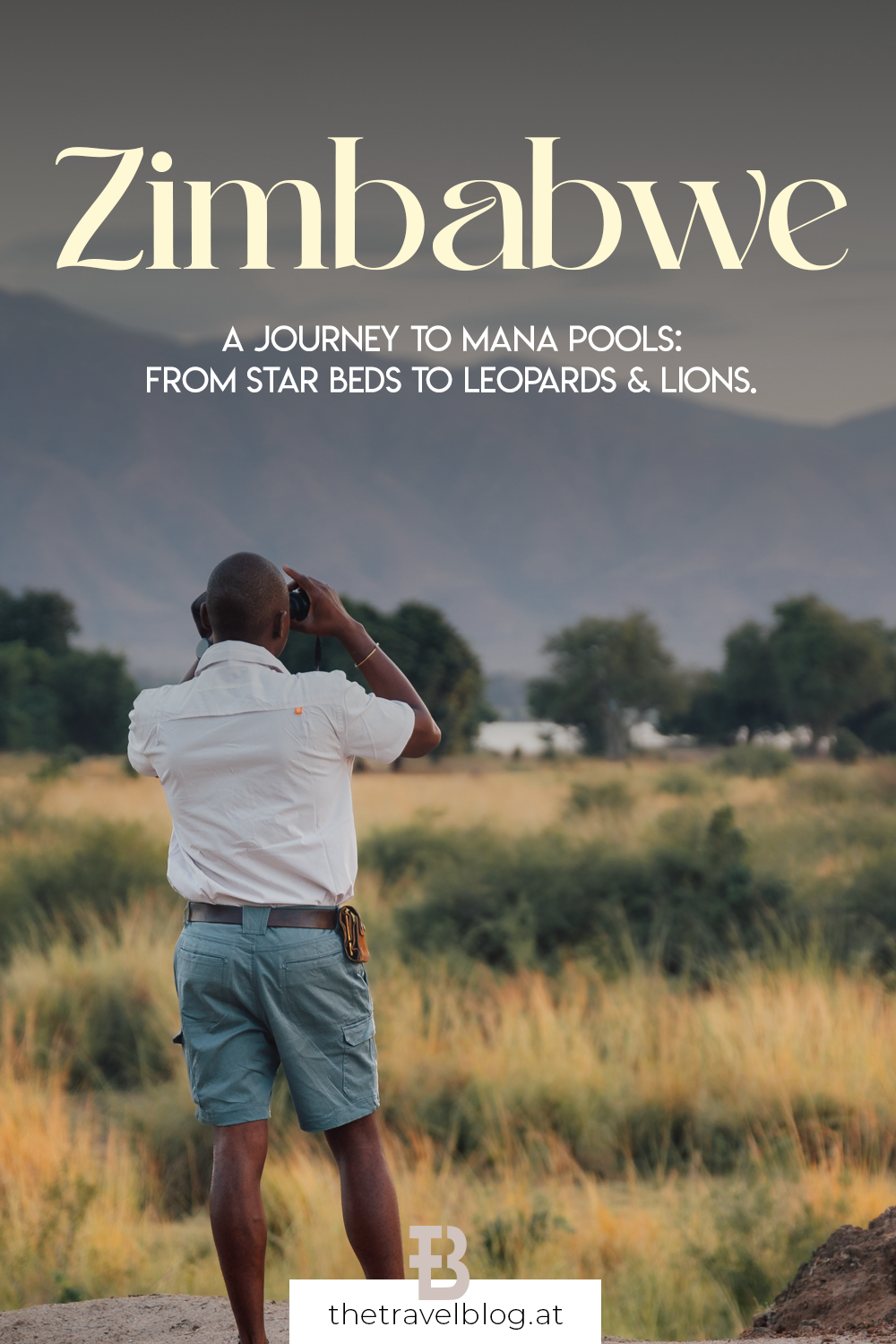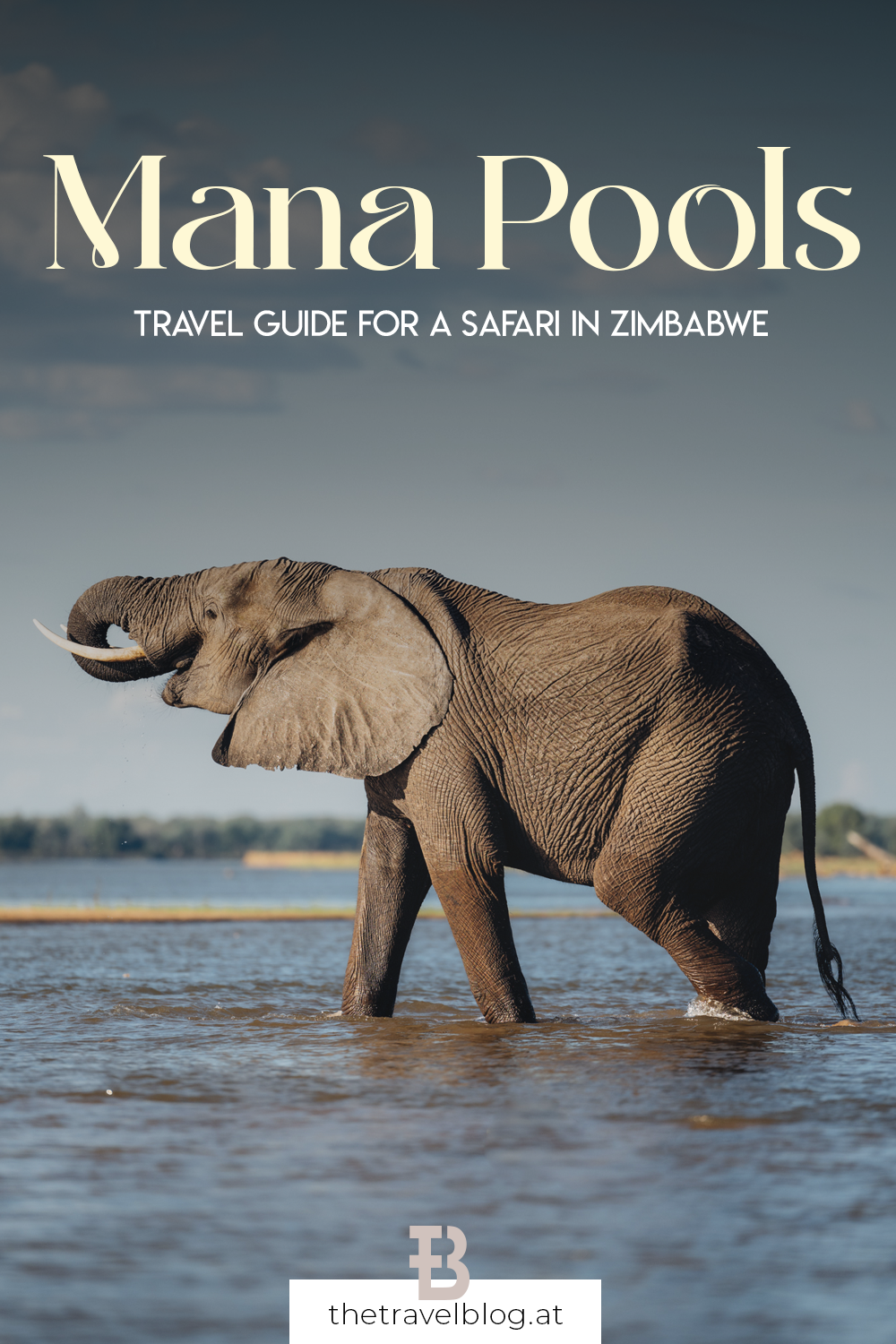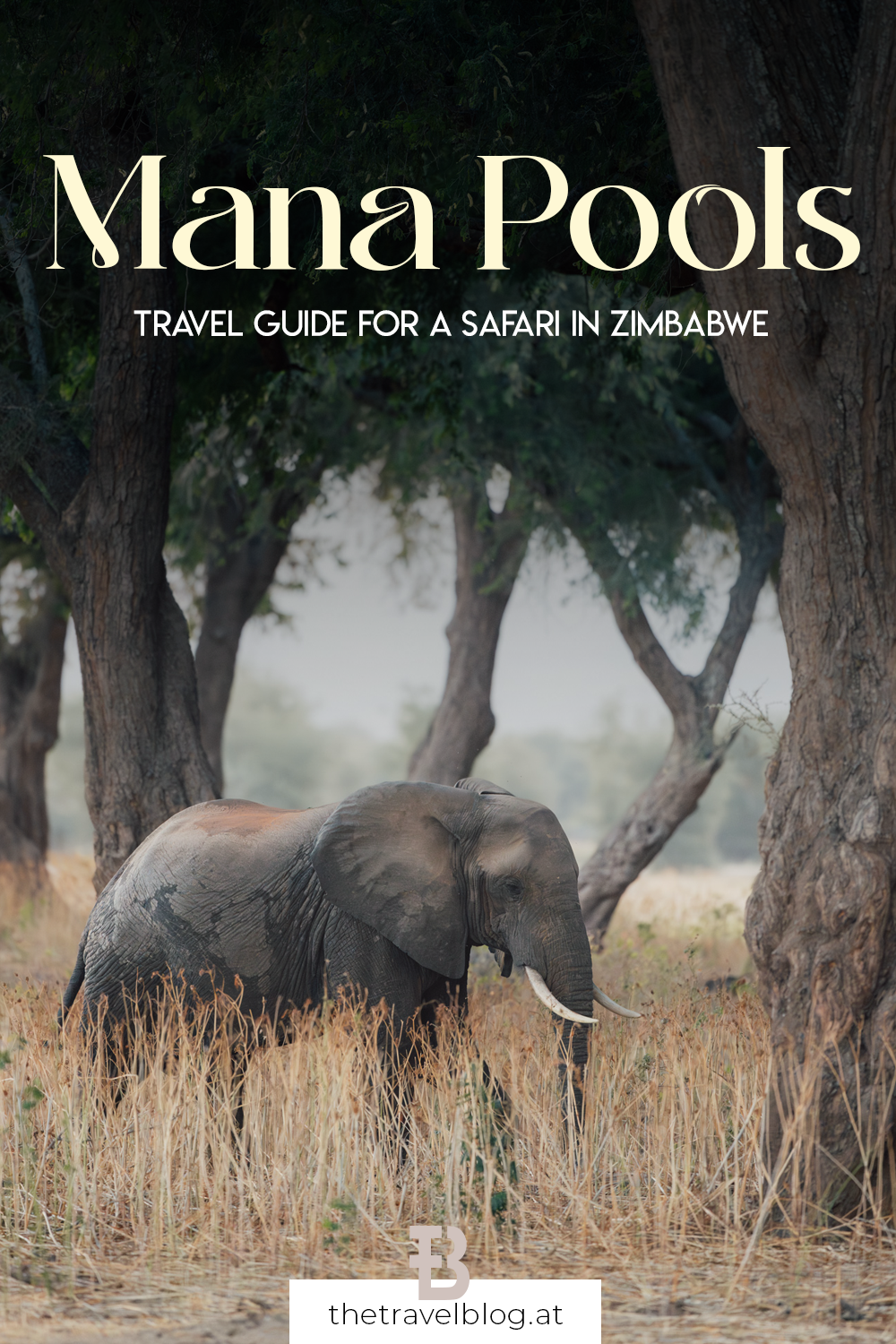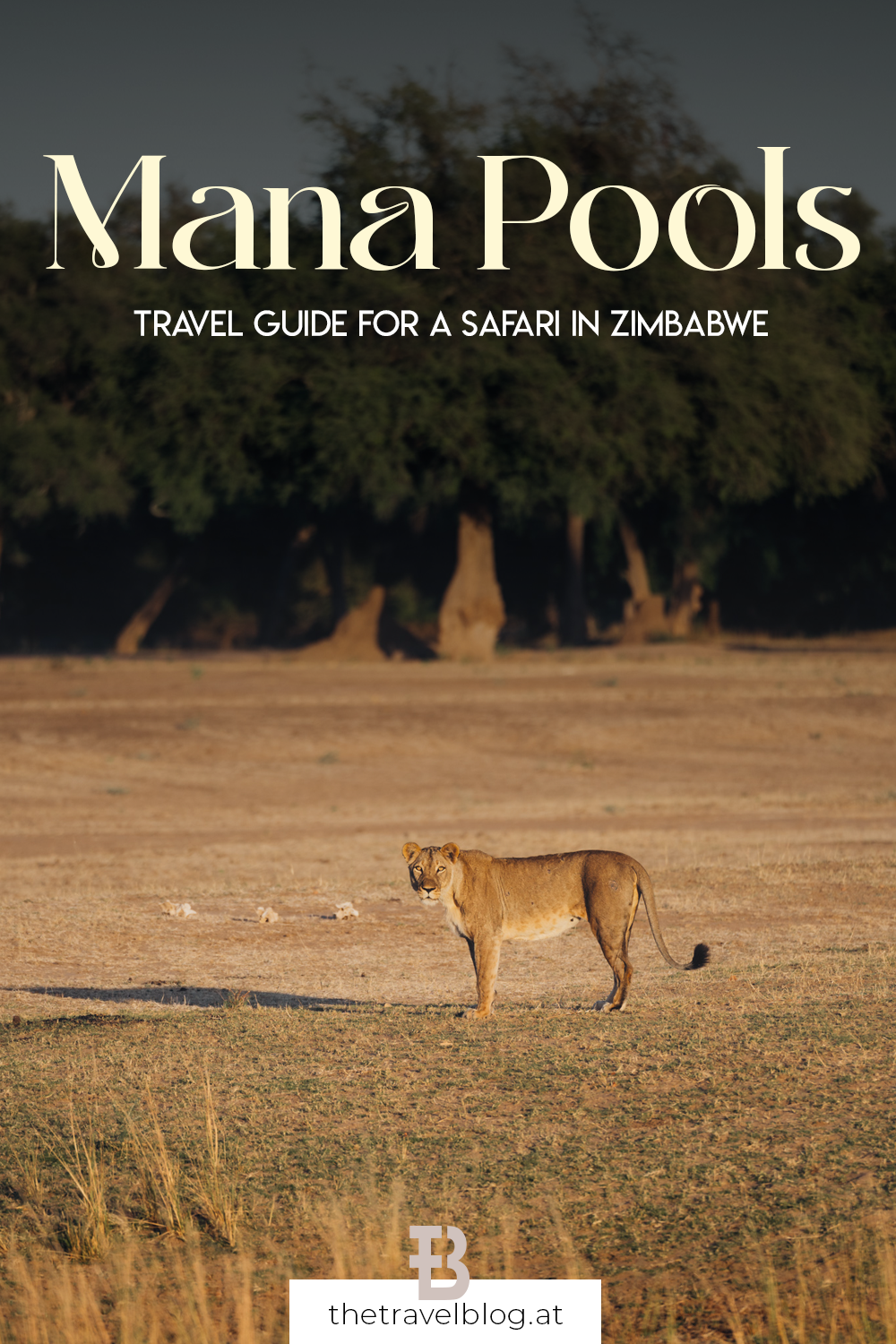Whenever I visit Africa on a safari I return home with more and more items added to my bucket list… A true luxury problem, don’t get me wrong, yet that list keeps on expanding so I fear my lifetime might not be long enough to eventually fulfil all those travel wishes. Well and not surprising the same happened when I first visited Zimbabwe last year and only made it to Victoria Falls and Hwange National Park.
I knew I had to return to Zimbabwe to experience the famous Mana Pools National Park.
Little did I know that I would be able to re-visit Zimbabwe just 6 months later and could finally stay in Mana Pools for a while. This guide covers everything you need to know about Mana Pools, its outstanding landscapes & visual appeal, the density of wildlife and all my tipps how to best enjoy a memorable and responsible safari here.
If you have more time in Zimbabwe I highly recommend to combine the three famous regions:
- Mana Pools National Park
- Victoria Falls (find the travel guide here)
- Hwange National Park (click to learn more here)
They’re all located in relative proximity and can be easily combined on a fly-in safari. I would suggest 2 nights in Victoria Falls, 3-4 nights in Hwange and 3-4 nights in Mana Pools for an excellent Zimbabwe circuit.
Exploring Mana Pools National Park: A Haven for Eco-Tourism and Elephant Enthusiasts
In the very North of Zimbabwe, Mana Pools National Park is a UNESCO World Heritage Site renowned for its pristine wilderness, abundant wildlife, and spectacular scenery. As a travel photographer and writer deeply committed to responsible safaris, I am excited to share insights on how to explore this magnificent park sustainably and ethically.
The Zambezi River: A Lifeline
The Zambezi River, Africa’s fourth-longest river, is the lifeblood of Mana Pools. Its presence enriches the region, attracting a plethora of wildlife and offering spectacular photographic opportunities. Here you can witness elephants crossing the river, hippos wallowing in its depths, and crocodiles basking on its banks. The sunsets over the Zambezi are particularly awe-inspiring, painting the sky in hues of orange and pink, reflecting off the water and creating a perfect backdrop for those golden hour shots.
What is Mana Pools famous for?
There’s a few things that attract safari goers to Mana Pools National Park:
- Unparalleled Walking Safaris: Here in Mana Pools there’s the very unique chance to go on walking safaris that lead you close to wildlife like elephants and wild dogs. The proximity in which you can approach wildlife on foot is unparalleled in Mana Pools, so this is definitely a must do.
- Canoe Safaris on the Zambezi River: If you’re lucky like us, then you might even see elephants cross the river right in front of your canoe. This is an experience, that lets you forget to breathe for a bit! But even if you don’t get this unique chance a canoe safari is a wonderfully calm way to go on safari and you’ll definitely spot a few hippos along the way.
- Elephant bulls on hind legs: Mana Pools is one of the few places on our planet where you can see large elephants feed on just two legs. Some of the elephant bulls here have learned to lift their two front legs to reach the branches up high on the acacia albida trees from one particular bull called “Boswell”. Seeing him or one of his disciples is a spectacle in it’s own right.
In any case Mana Pools offers a unique and intimate wildlife experience, especially when you stay in one of its private concessions along the Zambezi River.
Why Choose a Private Concession?
Staying in a private concession at Mana Pools not only enhances your safari experience but also supports sustainable tourism. These exclusive areas provide unrivaled privacy and seclusion, away from the crowds, that can sometimes congest the main park in the high season from June to September. Self drives are only allowed in the main park, but the private concessions only belong to guests of the lodges or camps there.
I stayed in two different private concessions by Wilderness – Ruckomechi and Chikwenya – which are both located directly at the Zambezi River front, so probably the best concessions in Mana Pools. Here, you can witness elephants drinking from the river or crossing it in their majestic way. Moreover, these concessions offer a range of water-based activities such as canoeing and boat safaris, allowing for a diverse and immersive wildlife experience.
Seasonality & Best Time to Visit Mana Pools
The best time to visit Mana Pools is from July to September, at the end of the dry season. During this period, animals gather around the diminishing water sources, making it easier to spot and capture stunning images of diverse species in their natural habitats. The dry landscape also enhances visibility, providing clear, unobstructed views for photography.
Personally I visited the park in May, but during a massive drought. Usually May is still quite lush and green as it’s only the very beginning of the dry season. But this year everything was different, the rains had not arrived for months, so the landscape was already drying up much earlier than usual.
Climate change is affecting seasonality here as well, but having been to Zimbabwe in November I definitely prefer the cooler temperatures that winter in the Southern hemisphere provides. In November the parks are completely dry and sightings can be incredible, but the daytime temperatures can rise well above 40 degrees Celsius (over 100 degrees Fahrenheit). If you travel in October or November make sure to book camps with pools or AC!
Five Tips for Sustainable & Ethical Travel to Mana Pools
I always think it’s important to take into consideration how to go on safari in a responsible manner (more on that topic in this post). The very beauty we seek in those places is under massive threat, so it’s imperative we act cautiously to safeguard and cherish these places and the people that live there. That’s why here’s a few tips what to pay attention to:
- Choose responsible tour operators: Make sure to book with a safari tour operator that follows ethical guidelines, like giving back to communities, preferring local operators, empowering women and so on. Best check their websites for what they have to say about responsible traveling, but also challenge them and ask questions.
- Accommodations: Opt for lodges and camps that adhere to eco-friendly and socially responsible practices. Companies like Wilderness are committed to sustainability, using solar power, recycling waste, minimizing their environmental footprint, but also engaging in community uplifting as in education and health projects for people around the parks they operate in.
- Respect Wildlife and Habitats: Always maintain a safe distance from animals and never disturb their natural behavior. Use a zoom lens for close-up shots to avoid encroaching on their space, don’t make any noises to get the animal’s attention and definitely never feed any wildlife.
- Support Local Communities: On top of choosing operators that work locally, employ and uplift local people you can also directly engage with local communities by purchasing handmade crafts and participating in cultural experiences. This helps to ensure that tourism benefits the people living in and around the park.
- Minimize Plastic Use: Bring reusable water bottles and avoid single-use plastics like plastic bags, dental floss or ear swabs. Many lodges provide refill stations and encourage guests to minimize waste.
Conclusion
Mana Pools National Park offers a breathtaking and responsible safari experience for those willing to embrace eco-tourism principles. By staying in private concessions like those of Wilderness along the Zambezi River, you can enjoy a more exclusive and serene adventure, all while supporting sustainable practices.
Whether you’re capturing the perfect photograph, paddling down the river, or walking alongside elephants, Mana Pools promises an unforgettable journey into the wild.
Remember, your actions as a traveler have a lasting impact—choose to travel sustainably and ethically to help preserve this natural wonder for generations to come.

